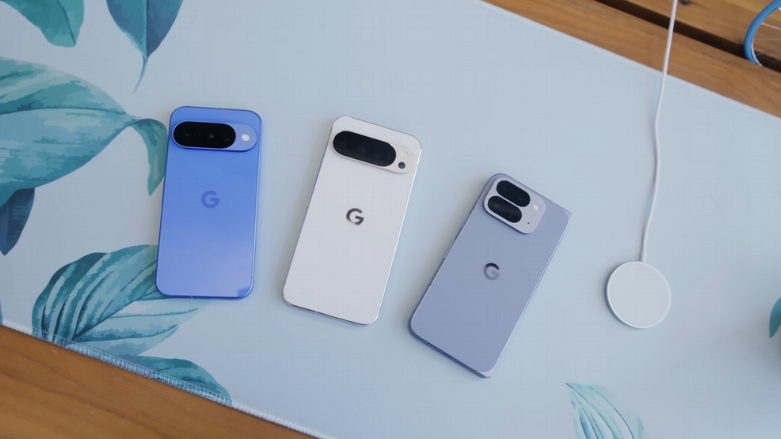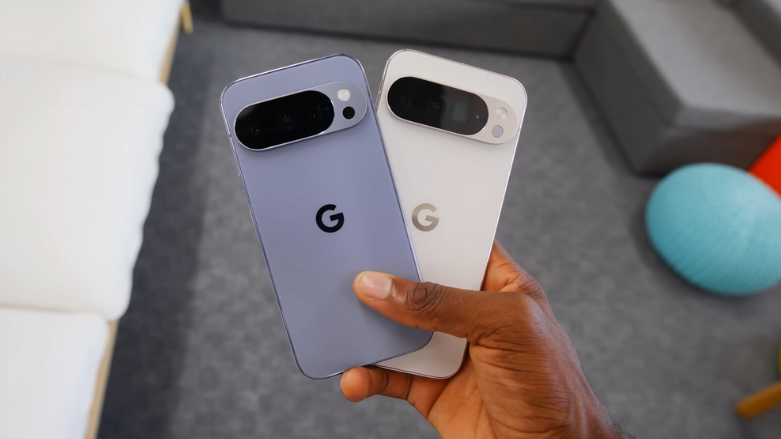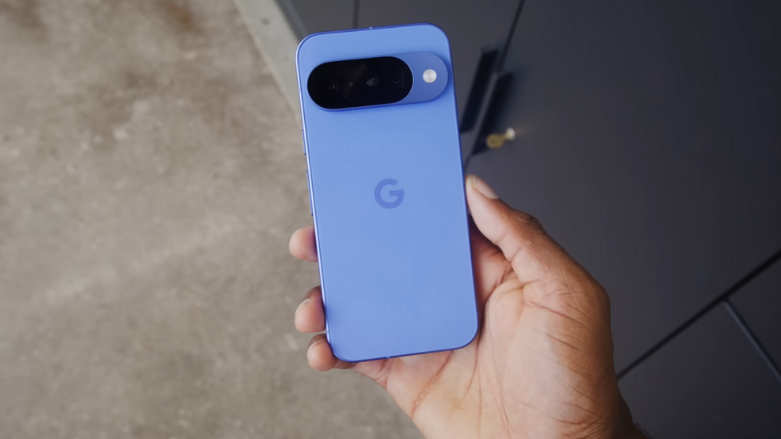Pixel 10 Series‑A Perfect Fusion of Power, Intelligence, and Practical Upgrades
The Pixel 10 series arrives as a clear statement from Google Intelligence what works, push where it matters, and keep the experience unmistakably Pixel. After reading through the full specifications and spending time thinking about how these devices will fit into everyday life, I find the lineup to be a thoughtful balance of hardware muscle and software intelligence. Google did not chase gimmicks instead it tightened the screws where users care most display quality, camera capability, battery life, and long-term software support and added that quietly confident layer of AI that turns good results into great ones.

From a product family perspective the Pixel 10 collection is simple and strategic: a base Pixel 10, two Pro variants, and a foldable Pro Fold. That structure helps buyers choose precisely compact flagship, larger-screen Pro, extra-long battery Pro XL, or the foldable for those who want a different kind of productivity and media canvas. What ties them together is the same performance foundation and a consistent software story. Every model runs on the new Tensor G5 chip with a dedicated security co-processor, and all promise a multi-year update cadence that still stands out in an industry where software longevity has become a major purchase factor.
Read here Is the iPhone 17 Pro Lineup Really a Game-Changer? First Look and Full Details
Display improvements are subtle but meaningful. The Pro models bring adaptive panels that scale from very low refresh rates up to 120Hz, delivering fluid motion or conserving battery as needed. Peak brightness numbers are notably high on the Pro screens, which translates to readability in bright outdoor conditions an area where many phones still compromise. The foldable’s inner 8‑inch panel and the Pro XL’s larger canvas are practical choices for media and multitasking; Google’s decision to keep strong protective glass on both front and back shows an understanding that premium materials matter to customers who use and carry these phones intensely every day.

Camera upgrades are arguably the headline for many buyers. Google retains the Pixel ethos of computational photography taking the lead, but pairs it with better base hardware this time. The Pro models’ 50MP main sensor plus high-resolution ultra-wide and telephoto modules give photographers more flexibility, and the telescopic capability combined with AI-based enhancement promises strong zoom results without the bulk of traditional periscope systems. The base Pixel is not left behind; its refined triple-camera layout offers improved versatility and respectable zoom reach thanks to intelligent processing. In real-world terms this means cleaner images at distance, more usable crops, and a selfie setup that finally keeps pace with mid- to high-end rivals.
Battery life and charging choices reflect careful trade-offs. Capacities across the range are healthy, and the Pro XL’s larger cell will be particularly appealing to those who consume lots of video or rely on phones all day for work. Fast wired charging returns where needed, and Google’s wireless magnetic charging ecosystem is a practical move it simplifies one-handed charging and complements the Pixel Snap accessories ecosystem. Importantly, the inclusion of consistent wireless charging across the lineup feels like a consumer-first choice rather than a marketing afterthought.
Build quality and finish options are well considered. Aerospace-grade aluminum frames, a mix of matte and glossy treatments, and IP68 durability mean the phones should survive the daily grind while looking premium. These are not devices that demand coddling; they are meant to be used hard and still look and feel polished after months of use.
Where Google continues to stand out is software. Shipping with the latest Android version and committing to a long update window keeps the devices relevant for years. But beyond OS updates, the Pixel experience is about how practical AI features are woven into routine tasks. From smarter image processing and improved voice and calling features to system-level enhancements that reduce friction, the Pixel 10 series leans into AI to solve problems rather than simply add novelties. That approach is what makes these phones feel smarter in daily use, not just more feature-packed on paper. https://store.google.com/product/pixel_10_pro

If I sum up the impression in one line: the Pixel 10 series refines the Pixel identity into a more mature, more practical package. It’s not the most radical redesign you’ll see, but it’s a much better execution of Google’s long-term vision. For someone who values clean software, dependable updates, strong cameras backed by clever AI, and a good selection of form factors, this lineup checks the right boxes.
There will always be trade-offs depending on personal priorities if raw gaming benchmarks or raw charging speed are your only metrics, other phones may outpace a Pixel variant in a specific niche. But for an everyday user who wants a phone that performs well across

